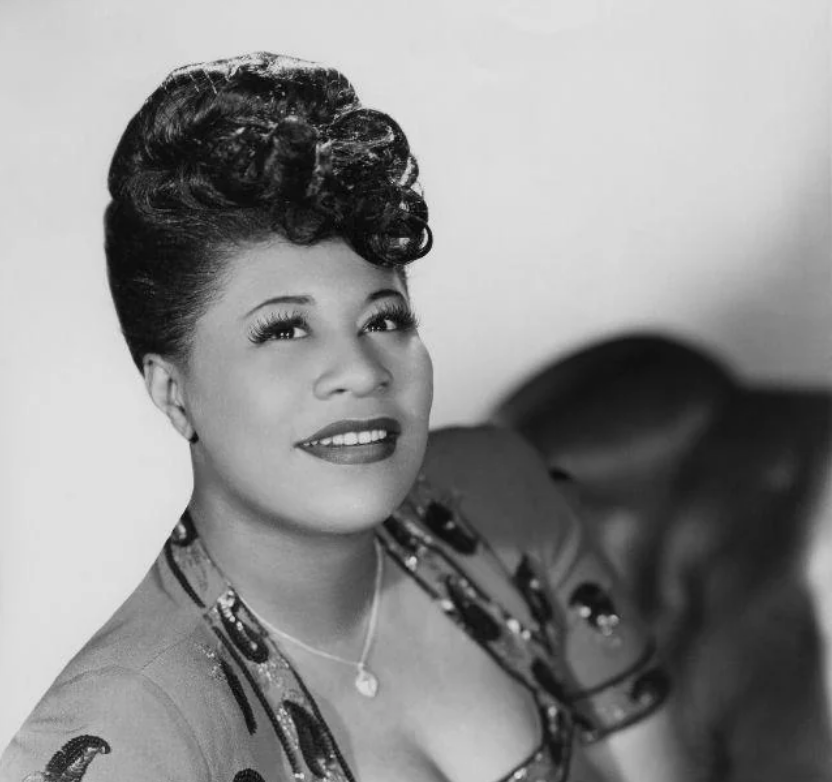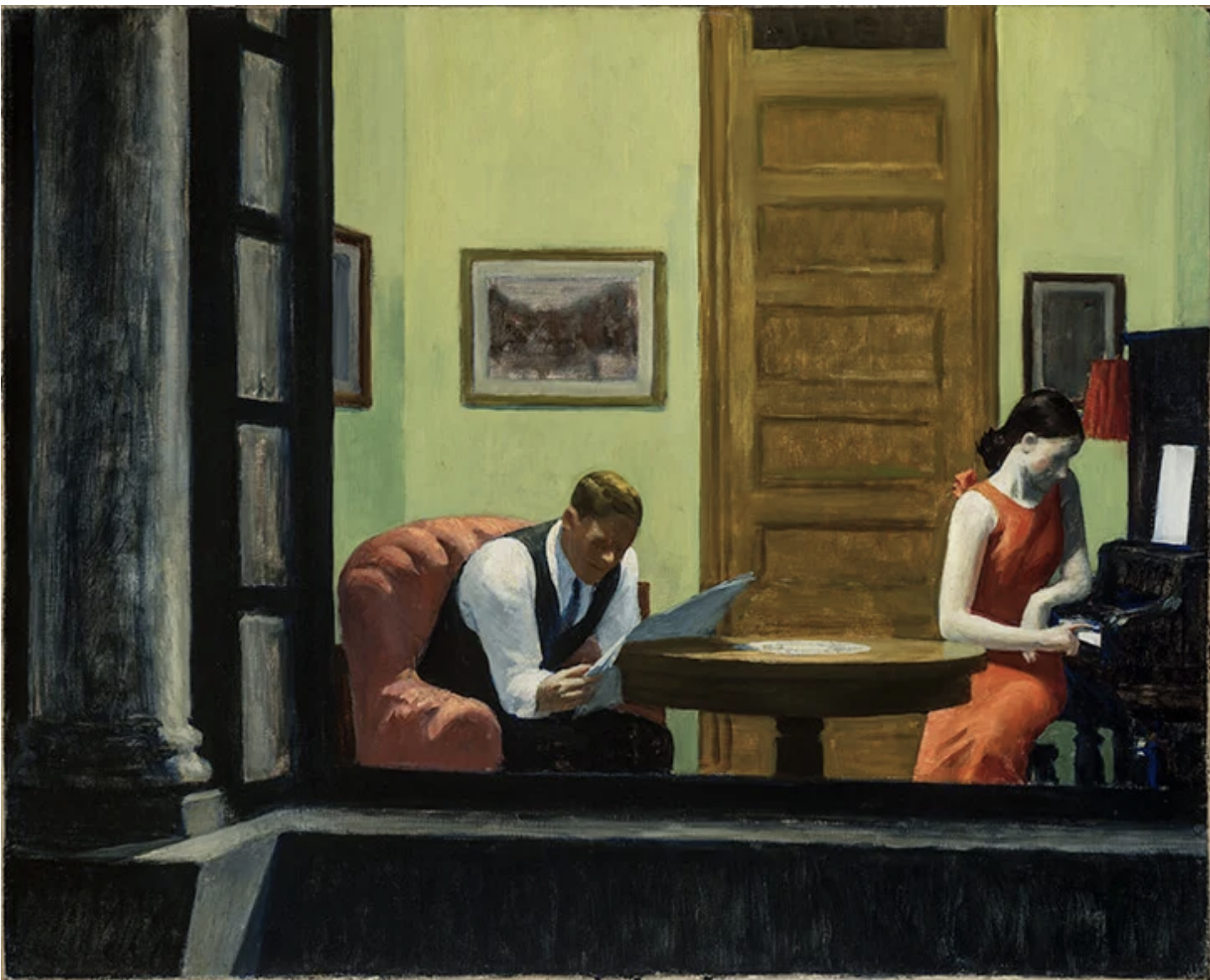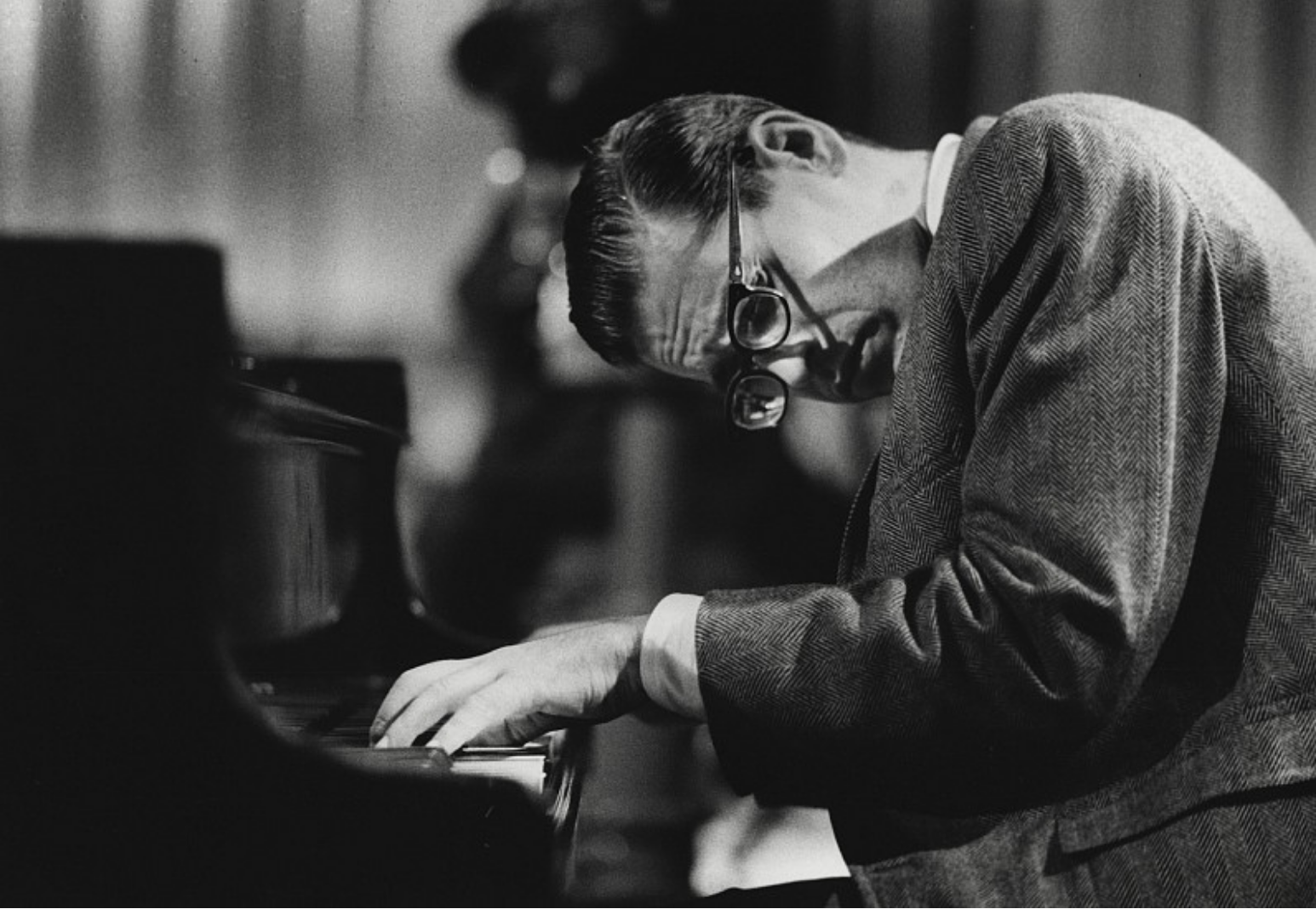Ella Fitzgerald: ’I’m Going to Try to Find Out the New Ideas Before the Others Do'
I recently enjoyed a documentary about the life and work of Ella Fitzgerald. (‘Just One of Those Things,’ 2019, by Leslie Woodhead)
'Just don’t give up trying to do what you really want to do. Where there is love and inspiration, I don’t think you can go wrong.'
Ella Fitzgerald had a smooth, clear, precise voice, with an extraordinary range. She excelled at swing, she mastered scat and she gave us definitive interpretations of the Great American Songbook. Dubbed the Queen of Jazz, the First Lady of Song, she overcame hardship and discrimination to achieve success. And she consistently embraced change.
'There's a saying old, says that love is blind.
Still we're often told, seek and ye shall find.
So I'm going to seek a certain lad I've had in mind.
Looking everywhere, haven't found him yet.
He's the big affair I cannot forget,
Only man I ever think of with regret.
I'd like to add his initial to my monogram.
Tell me, where is the shepherd for this lost lamb?
There's a somebody I'm longing to see,
I hope that he turns out to be,
Someone who'll watch over me.’
'Someone to Watch Over Me’ (G Gershwin / I Gershwin)
Born in 1917 in Newport News, Virginia, Fitzgerald's mother Tempie took her to Yonkers, New York in a bid to escape poverty and prejudice. As a child Fitzgerald would make the short trip into bustling Harlem where she could hear the best of blues, jazz and musical theatre, and dance on street corners for nickels.
Following the Stock Market Crash of 1929 and the death of her beloved mother in 1932, life took a turn for the worse. Fitzgerald moved in with her aunt, began skipping school and her grades suffered. She was placed in a state reformatory for girls over 100 miles from home. Beaten and placed in solitary confinement, deemed ‘ungovernable’ by the authorities, she ran away to Harlem and took to sleeping rough.
'It isn’t where you came from, it’s where you’re going that counts.'
In 1934 Fitzgerald signed up to compete in the first Amateur Night at the legendary Apollo Theater. She intended to dance, but on seeing that accomplished tap duo the Edwards Sisters were on before her, at the last moment she opted to sing instead. The crowd laughed and jeered at the scruffy 17-year-old in her dirty dress and work boots. But her version of Hoagy Carmichael’s ‘Judy’ won them over and secured first prize.
‘Once I got up on stage I felt the acceptance and love from the audience. I knew I wanted to sing before people the rest of my life.’
In the wake of this success, Fitzgerald was enlisted by Chick Webb, a celebrated drummer and bandleader who specialised in swing, the good-time dance music of the time. With her impeccable timing and perfect pitch, she fitted right in.
Fitzgerald recorded a string of hit songs with Webb including the huge hit ‘A-Tisket, A-Tasket’, a song she co-wrote.
'A-tisket, a-tasket,
A brown and yellow basket.
I send a letter to my mommy,
On the way I dropped it.
I dropped it, I dropped it,
Yes, on the way I dropped it.
A little girlie picked it up
And put it in her pocket.’
'A-Tisket, A-Tasket’ (E Fitzgerald / V Alexander)
When Webb died in 1939, Fitzgerald took over as head of the band, and the outfit was renamed Ella Fitzgerald and Her Famous Orchestra. She clearly had natural authority, and she rose to the top despite not being conventionally good looking.
‘I know I’m no glamour girl, and it’s not easy for me to get up in front of a crowd of people. It used to bother me a lot, but now I’ve got it figured out that God gave me this talent to use, so I just stand there and sing.’
With the United States’ entry into World War 2, many of Fitzgerald’s musicians were drafted and the group was disbanded. What’s more, public taste was moving on - from upbeat swing to the mellow crooning of Frank Sinatra and the sentimental swoon of Glenn Miller. She realised she had to evolve, and she found her answer in the fast tempos, complex chord progressions and virtuoso playing of the burgeoning be-bop movement. While performing with Dizzy Gillespie's big band, she started scat singing, improvising along with the brass.
'I just tried to do [with my voice] what I heard the horns in the band doing.'
Although Louis Armstrong was the first to use his voice in this way, Fitzgerald took scat to new heights, embracing more intricate and sophisticated melodies. On her 1960 live album ‘Ella in Berlin’ you can hear her 5-minute scat version of ‘How High the Moon’ in which she quotes from over 40 other songs - including jigs, nursery rhymes, folk ballads, bop solos, novelty numbers and show tunes. It’s a joyous cascade of spontaneous invention. As she closes, she’s so exhausted that she sings ‘sweat gets in your eyes’ rather than ‘smoke.’
'Listen to my tale of woe,
It's terribly sad but true.
All dressed up, no place to go,
Each evening I'm awfully blue.
I must win some handsome guy,
Can't go on like this.
I could blossom out I know
With somebody just like you.
So...
Oh, sweet and lovely lady, be good.
Oh, lady, be good to me.
I am so awfully misunderstood,
So lady, be good to me.’
'Oh, Lady Be Good’ (G Gershwin, I Gershwin)
In the 1950s Fitzgerald’s manager Norman Granz persuaded her that she should evolve beyond jazz clubs onto the concert stage. He created the Verve label as a platform for her talent, and suggested she make recordings of the work of ‘tin pan alley’ composers and lyricists, like George & Ira Gershwin, Rodgers & Hart and Irving Berlin.
‘I had gotten to the point where I was only singing be-bop. I thought be-bop was 'it', and that all I had to do was go some place and sing bop. But it finally got to the point where I had no place to sing. I realized then that there was more to music than bop… It was a turning point in my life.’
‘Ella Fitzgerald Sings the Cole Porter Song Book’ was the first of eight such sets that Fitzgerald recorded for Verve between 1956 and 1964. Her moving interpretations of these classic show tunes prompted the public to reassess what had come to be regarded as a trivial and ephemeral genre.
'The only thing better than singing is more singing.’
Throughout her life Fitzgerald faced the indignities of racism. She struggled to get gigs in certain upmarket nightclubs and was barred from certain hotels. TV and radio producers were reluctant to book her. She was only given one dedicated TV special. Although racial segregation rules were abolished in 1954, Granz had to tear down 'Whites Only' and 'Negro’ signs when touring in the South. In 1955 a group of armed Texas police raided a concert in Houston and arrested several performers, including Fitzgerald and Dizzy Gillespie, for ‘gambling’ in a backstage dressing room.
‘Maybe I’m stepping out - but I have to say because it’s in my heart - but it makes me feel so bad to think that we can’t go down to certain parts of the South and give a concert like we do overseas, and have everybody just come to hear the music, enjoy the music. Because of the prejudice thing that’s going on… I’m just a human being.’
Fitzgerald summed up her frustration in a conversation with Tony Bennett.
‘Tony, we’re all here.’
While continuing to record the occasional studio album, Fitzgerald toured relentlessly in the United States and internationally, sometimes working as many as 48 weeks in a year. She just loved performing. She put on her last show in 1993 and died at home in 1996, at the age of 79.
'I sing like I feel.'
In watching the documentary, one can’t help but be impressed by Fitzgerald’s extraordinary talent, drive and resilience - and by her appetite for change: from dance to song; from swing to be-bop to popular standards.
'A lot of singers think all they have to do is exercise their tonsils to get ahead. They refuse to look for new ideas and new outlets, so they fall by the wayside… I’m going to try to find out the new ideas before the others do.'
In her acceptance speech on receiving the NAACP President’s Award in 1987, 70-year-old Fitzgerald addressed the young talent assembled in the hall.
‘Thank you. I’m so proud to be in class with all of these younger ones coming up. They ain’t gonna leave me behind. I’m learning how to rap.’
'Every time we say goodbye,
I die a little.
Every time we say goodbye,
I wonder why a little.
Why the Gods above me,
Who must be in the know,
Think so little of me,
They allow you to go.
When you're near
There's such an air of spring about it.
I can hear a lark somewhere
Begin to sing about it.
There's no love song finer,
But how strange the change
From major to minor.
Every time we say goodbye.’
'Ev'ry Time We Say Goodbye’ (C Porter)
No. 439



































